Instruction
The Wedge Guy: The easiest-to-learn golf basic
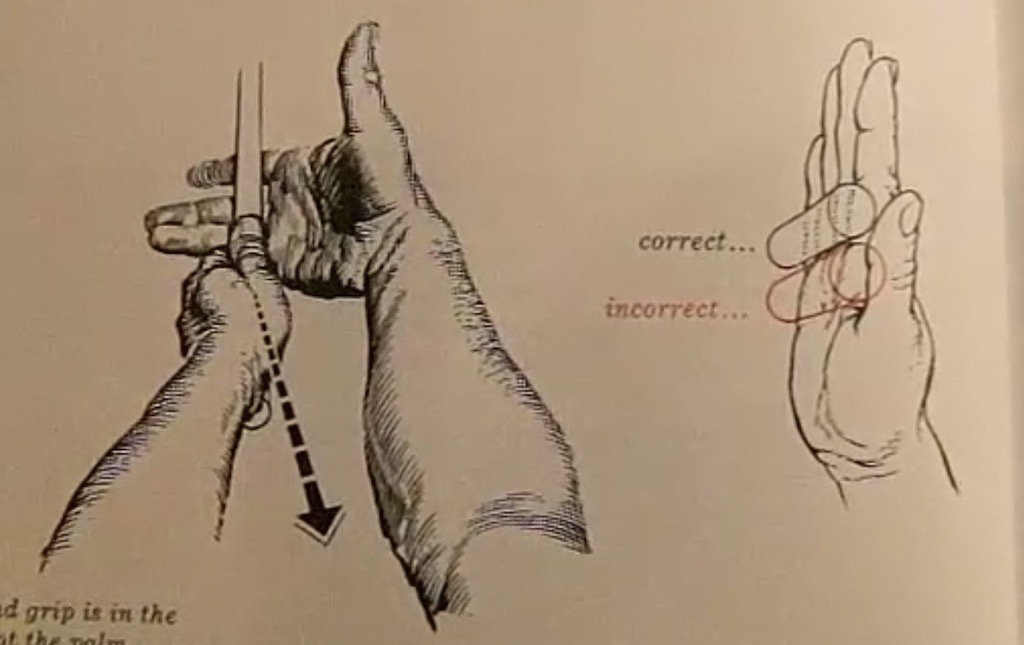
My golf learning began with this simple fact – if you don’t have a fundamentally sound hold on the golf club, it is practically impossible for your body to execute a fundamentally sound golf swing. I’m still a big believer that the golf swing is much easier to execute if you begin with the proper hold on the club.
As you might imagine, I come into contact with hundreds of golfers of all skill levels. And it is very rare to see a good player with a bad hold on the golf club. There are some exceptions, for sure, but they are very few and very far between, and they typically have beat so many balls with their poor grip that they’ve found a way to work around it.
The reality of biophysics is that the body moves only in certain ways – and the particulars of the way you hold the golf club can totally prevent a sound swing motion that allows the club to release properly through the impact zone. The wonderful thing is that anyone can learn how to put a fundamentally sound hold on the golf club, and you can practice it anywhere your hands are not otherwise engaged, like watching TV or just sitting and relaxing.
Whether you prefer an overlap, interlock or full-finger (not baseball!) grip on the club, the same fundamentals apply. Here are the major grip faults I see most often, in the order of the frequency:
Mis-aligned hands
By this I mean that the palms of the two hands are not parallel to each other. Too many golfers have a weak left hand and strong right, or vice versa. The easiest way to learn how to hold the club with your palms aligned properly is to grip a plain wooden ruler or yardstick. It forces the hands to align properly and shows you how that feels. If you grip and re-grip a yardstick several times, then grip a club, you’ll see that the learning curve is almost immediate.
The position of the grip in the upper/left hand
I also observe many golfers who have the butt of the grip too far into the heel pad of the upper hand (the left hand for right-handed players). It’s amazing how much easier it is to release the club through the ball if even 1/4-1/2″ of the butt is beyond the left heel pad. Try this yourself to see what I mean. Swing the club freely with just your left hand and notice the difference in its release from when you hold it at the end of the grip, versus gripping down even a half inch.
To help you really understand how this works, go to the range and hit shots with your five-iron gripped down a full inch to make the club the same length as your seven-iron. You will probably see an amazing shot shape difference, and likely not see as much distance loss as you would expect.
Too much lower (right) hand on the club
It seems like almost all golfers of 8-10 handicap or higher have the club too far into the palm of the lower hand, because that feels “good” if you are trying to control the path of the clubhead to the ball. But the golf swing is not an effort to hit at the ball – it is a swing of the club. The proper hold on the club has the grip underneath the pad at the base of the fingers. This will likely feel “weak” to you — like you cannot control the club like that. EXACTLY. You should not be trying to control the club with your lower/master hand.
Gripping too tightly
Nearly all golfers hold the club too tightly, which tenses up the forearms and prevents a proper release of the club through impact. In order for the club to move back and through properly, you must feel that the club is controlled by the last three fingers of the upper hand, and the middle two fingers of the lower hand. If you engage your thumbs and forefingers in “holding” the club, the result will almost always be a grip that is too tight. Try this for yourself. Hold the club in your upper hand only, and squeeze firmly with just the last three fingers, with the forefinger and thumb off the club entirely. You have good control, but your forearms are not tense. Then begin to squeeze down with your thumb and forefinger and observe the tensing of the entire forearm. This is the way we are made, so the key to preventing tenseness in the arms is to hold the club very lightly with the “pinchers” — the thumbs and forefingers.
So, those are what I believe are the four fundamentals of a good grip. Anyone can learn them in their home or office very quickly. There is no easier way to improve your ball striking consistency and add distance than giving more attention to the way you hold the golf club.
More from the Wedge Guy
- The Wedge Guy: Golf mastery begins with your wedge game
- The Wedge Guy: Why golf is 20 times harder than brain surgery
- The Wedge Guy: Musings on the golf ball rollback
- LIKE85
- LEGIT13
- WOW6
- LOL1
- IDHT0
- FLOP4
- OB1
- SHANK8
Instruction
Clement: Stop ripping off your swing with this drill!
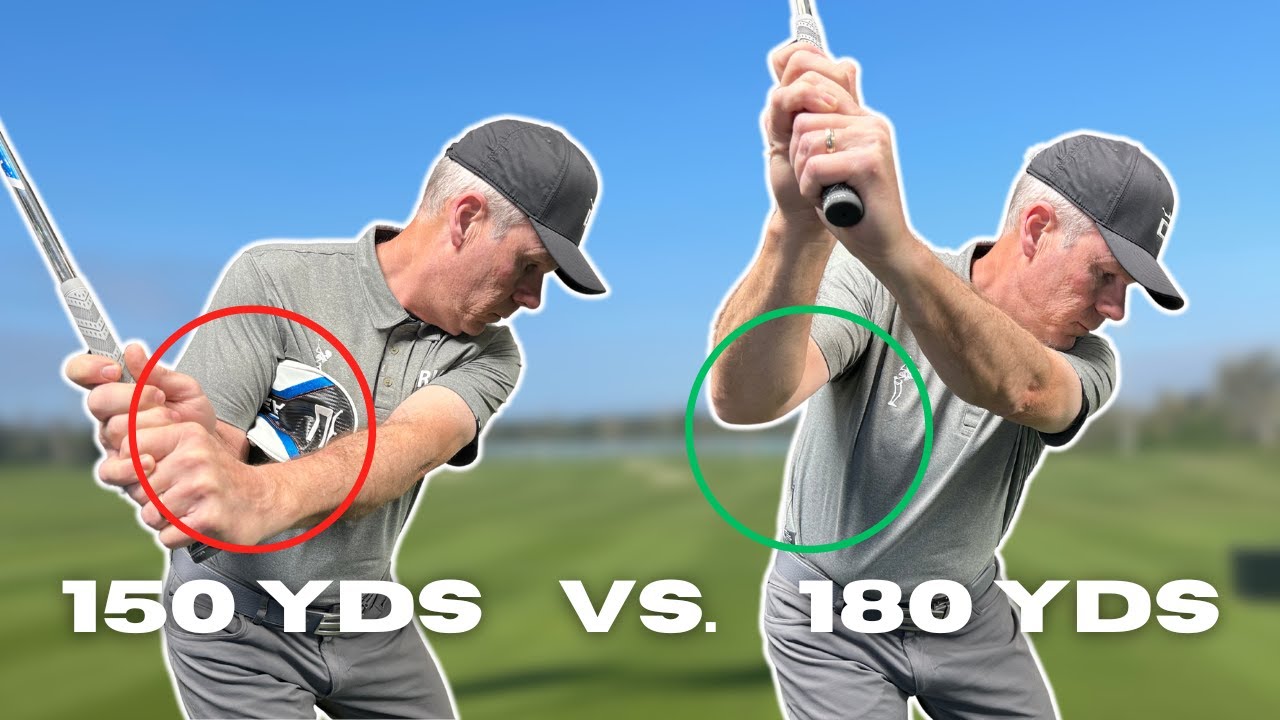
Not the dreaded headcover under the armpit drill! As if your body is defective and can’t function by itself! Have you seen how incredible the human machine is with all the incredible feats of agility all kinds of athletes are accomplishing? You think your body is so defective (the good Lord is laughing his head off at you) that it needs a headcover tucked under the armpit so you can swing like T-Rex?
- LIKE0
- LEGIT2
- WOW2
- LOL0
- IDHT0
- FLOP0
- OB0
- SHANK2
Instruction
How a towel can fix your golf swing
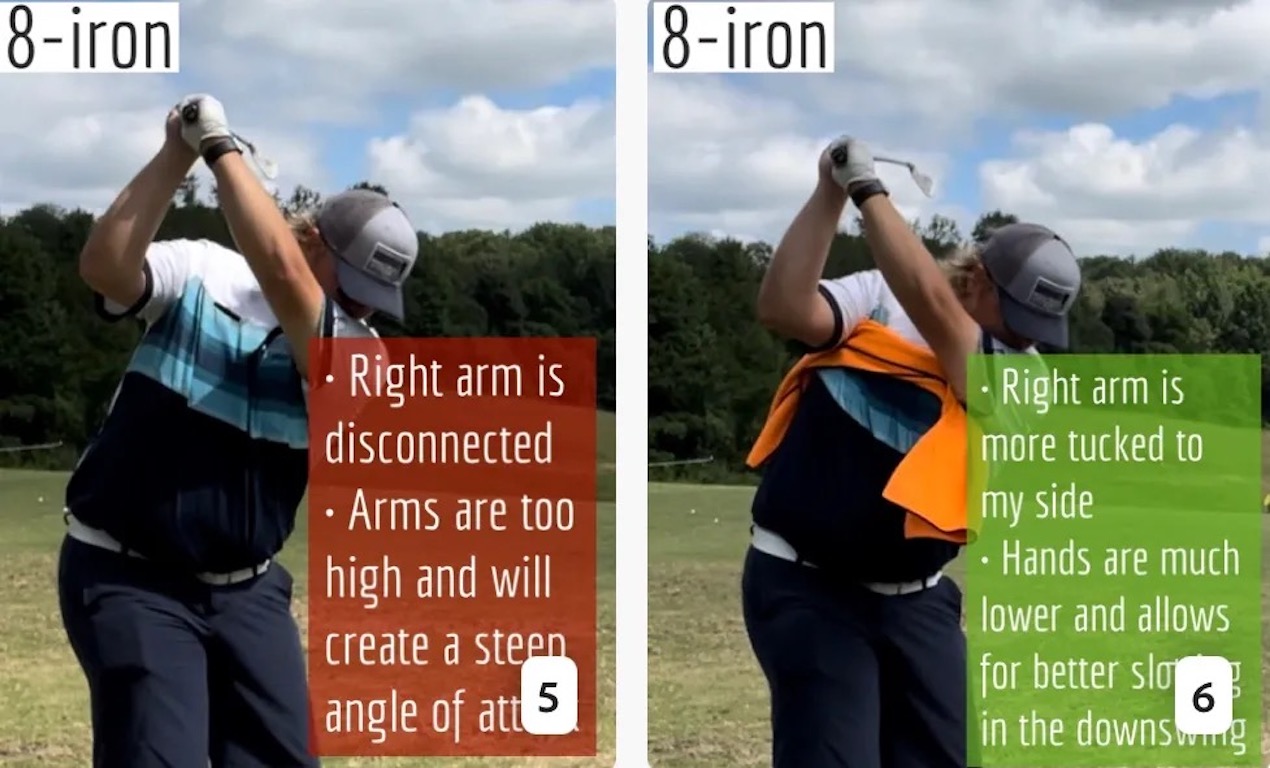
This is a classic drill that has been used for decades. However, the world of marketed training aids has grown so much during that time that this simple practice has been virtually forgotten. Because why teach people how to play golf using everyday items when you can create and sell a product that reinforces the same thing? Nevertheless, I am here to give you helpful advice without running to the nearest Edwin Watts or adding something to your Amazon cart.
For the “scoring clubs,” having a solid connection between the arms and body during the swing, especially through impact, is paramount to creating long-lasting consistency. And keeping that connection throughout the swing helps rotate the shoulders more to generate more power to help you hit it farther. So, how does this drill work, and what will your game benefit from it? Well, let’s get into it.
Setup
You can use this for basic chip shots up to complete swings. I use this with every club in my bag, up to a 9 or 8-iron. It’s natural to create incrementally more separation between the arms and body as you progress up the set. So doing this with a high iron or a wood is not recommended.
While you set up to hit a ball, simply tuck the towel underneath both armpits. The length of the towel will determine how tight it will be across your chest but don’t make it so loose that it gets in the way of your vision. After both sides are tucked, make some focused swings, keeping both arms firmly connected to the body during the backswing and follow through. (Note: It’s normal to lose connection on your lead arm during your finishing pose.) When you’re ready, put a ball in the way of those swings and get to work.
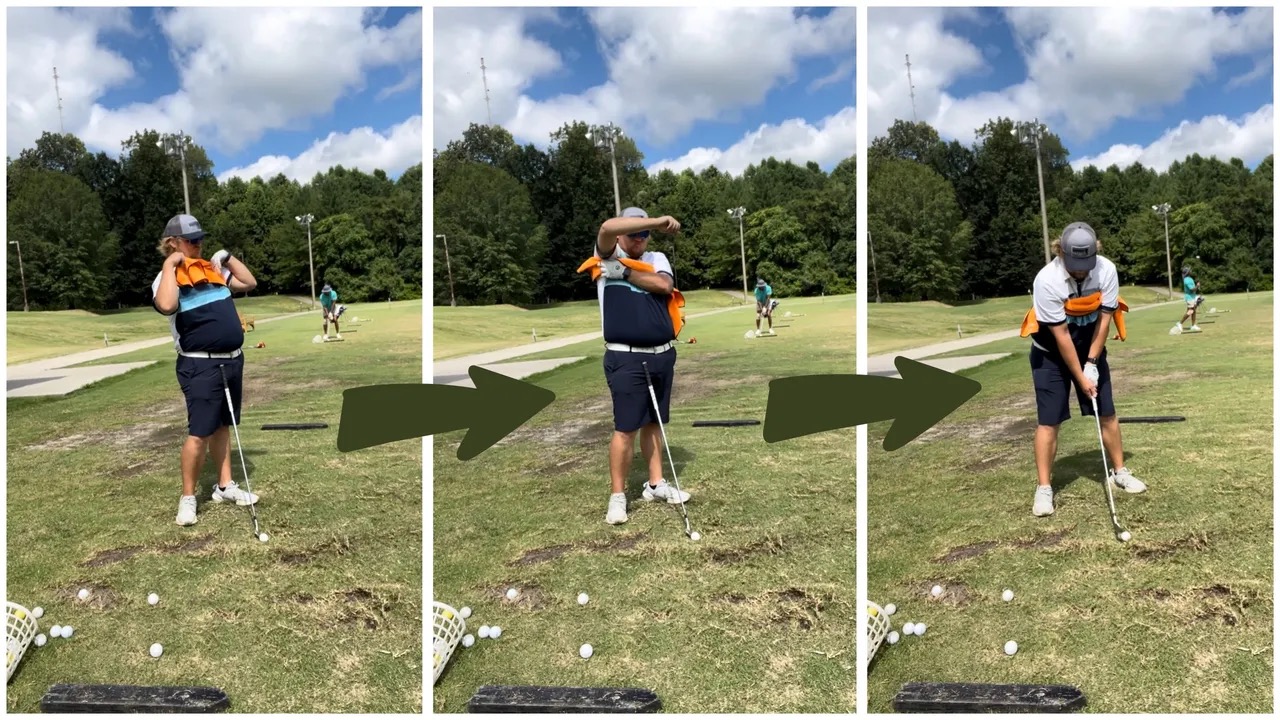
Get a Better Shoulder Turn
Many of us struggle to have proper shoulder rotation in our golf swing, especially during long layoffs. Making a swing that is all arms and no shoulders is a surefire way to have less control with wedges and less distance with full swings. Notice how I can get in a similar-looking position in both 60° wedge photos. However, one is weak and uncontrollable, while the other is strong and connected. One allows me to use my larger muscles to create my swing, and one doesn’t. The follow-through is another critical point where having a good connection, as well as solid shoulder rotation, is a must. This drill is great for those who tend to have a “chicken wing” form in their lead arm, which happens when it becomes separated from the body through impact.
In full swings, getting your shoulders to rotate in your golf swing is a great way to reinforce proper weight distribution. If your swing is all arms, it’s much harder to get your weight to naturally shift to the inside part of your trail foot in the backswing. Sure, you could make the mistake of “sliding” to get weight on your back foot, but that doesn’t fix the issue. You must turn into your trial leg to generate power. Additionally, look at the difference in separation between my hands and my head in the 8-iron examples. The green picture has more separation and has my hands lower. This will help me lessen my angle of attack and make it easier to hit the inside part of the golf ball, rather than the over-the-top move that the other picture produces.
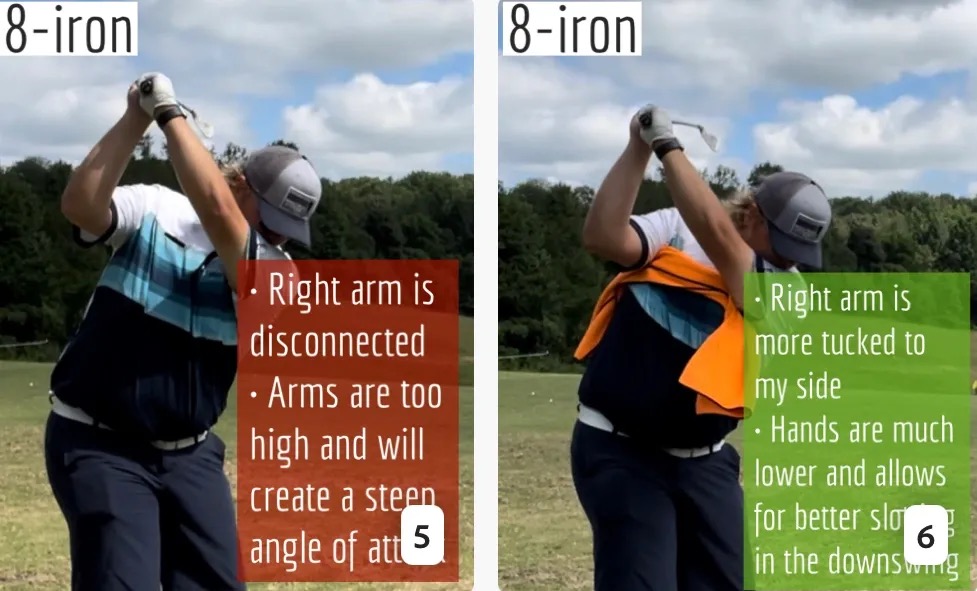
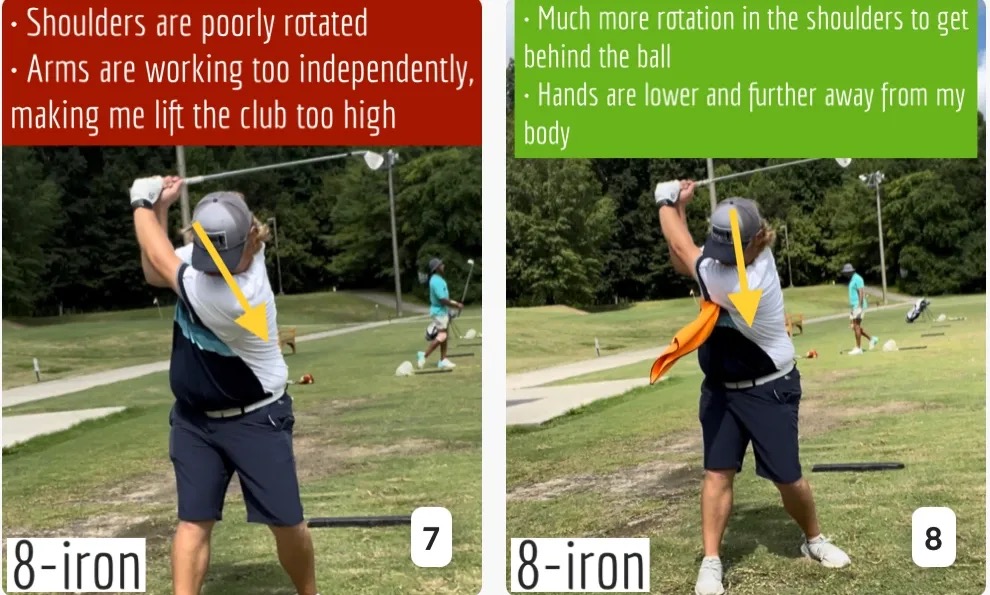
Stay Better Connected in the Backswing
When you don’t keep everything in your upper body working as one, getting to a good spot at the top of your swing is very hard to do. It would take impeccable timing along with great hand-eye coordination to hit quality shots with any sort of regularity if the arms are working separately from the body.
Notice in the red pictures of both my 60-degree wedge and 8-iron how high my hands are and the fact you can clearly see my shoulder through the gap in my arms. That has happened because the right arm, just above my elbow, has become totally disconnected from my body. That separation causes me to lift my hands as well as lose some of the extension in my left arm. This has been corrected in the green pictures by using this drill to reinforce that connection. It will also make you focus on keeping the lead arm close to your body as well. Because the moment either one loses that relationship, the towel falls.
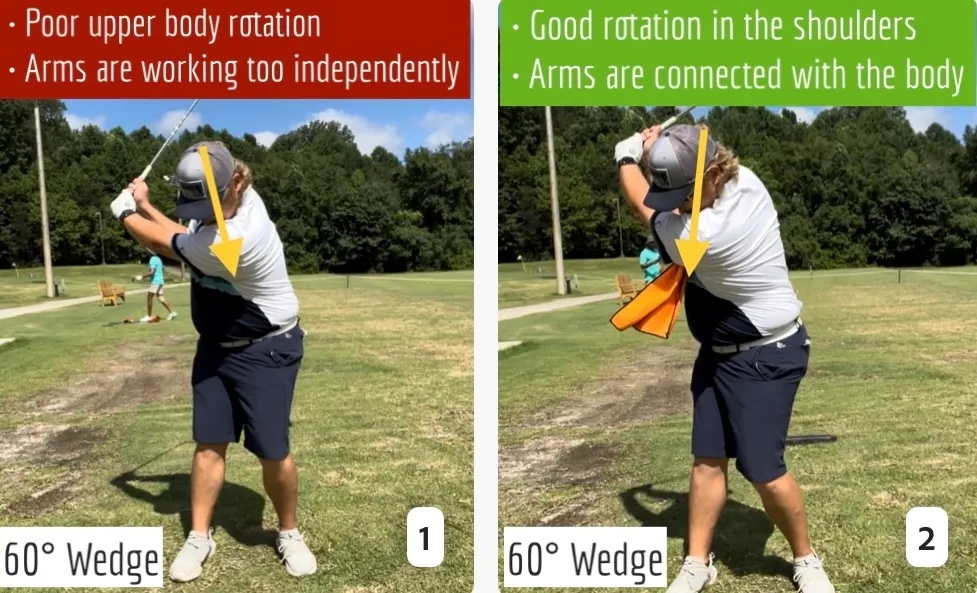

Conclusion
I have been diligent this year in finding a few drills that target some of the issues that plague my golf game; either by simply forgetting fundamental things or by coming to terms with the faults that have bitten me my whole career. I have found that having a few drills to fall back on to reinforce certain feelings helps me find my game a little easier, and the “towel drill” is most definitely one of them.
- LIKE12
- LEGIT2
- WOW2
- LOL0
- IDHT0
- FLOP2
- OB0
- SHANK8
-

 19th Hole7 days ago
19th Hole7 days agoDave Portnoy places monstrous outright bet for the 2024 Masters
-
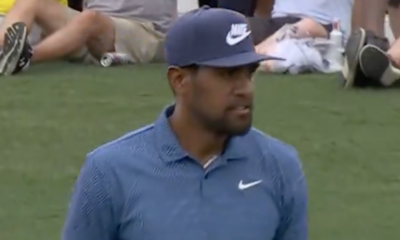
 19th Hole2 weeks ago
19th Hole2 weeks agoThings got heated at the Houston Open between Tony Finau and Alejandro Tosti. Here’s why
-
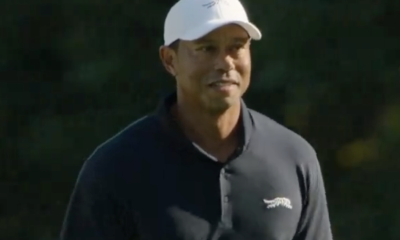
 19th Hole1 week ago
19th Hole1 week agoTiger Woods arrives at 2024 Masters equipped with a putter that may surprise you
-
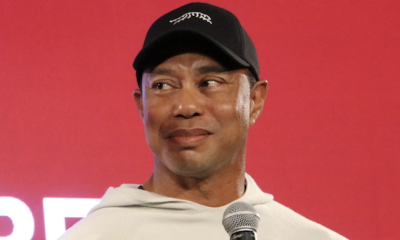
 19th Hole2 weeks ago
19th Hole2 weeks agoReport: Tiger Woods has ‘eliminated sex’ in preparation for the 2024 Masters
-

 19th Hole2 days ago
19th Hole2 days agoTwo star names reportedly blanked Jon Rahm all week at the Masters
-

 19th Hole2 days ago
19th Hole2 days agoNeal Shipley presser ends in awkward fashion after reporter claims Tiger handed him note on 8th fairway
-
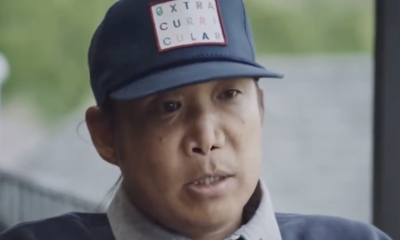
 19th Hole2 weeks ago
19th Hole2 weeks agoAddiction, spinal fusion, and scam artists – Everything Anthony Kim revealed in candid interview with David Feherty
-

 19th Hole2 weeks ago
19th Hole2 weeks agoAnthony Kim says doctors told him that he ‘may not have much time left’ ahead of LIV return

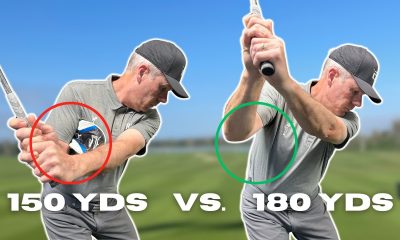

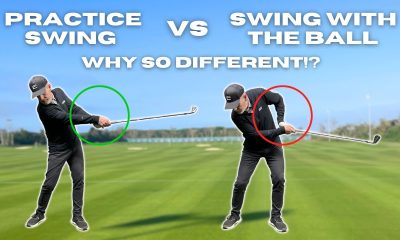



















stephenf
Dec 4, 2018 at 6:11 pm
Hate to nitpick, but this isn’t nitpicking: It really isn’t a matter of “torso then arms,” or “torso then arms then club.” In a good swing the arms are swinging across the front of the body as the upper body turns back toward the ball. This is seen in the swing of _every_ great player in how the arms are swinging down at a rate actually outpacing the turn of the body on the downswing — increasing distance between hands and trailing shoulder, etc. I’m not sure anybody’s improved much on John Jacobs’ ideas of how this happens, and how it’s typically the single most critical thing in the development of any player — learning to feel the timing of the arm-and-club swing and how it relates to the turn of the upper body, how the arms swing by the body as it turns, etc.
But the “think target” advice — as in, swing to the target, and only _through_ the space the ball happens to occupy (not _to_ it) — is critically important and will improve many swings just on the strength of that thought alone.
So yeah, the torso has to move. It’s dynamic. Torso and shoulders have to move. But it’s not torso-then-arms. In fact, if the torso and shoulders drag the arms around, it’s completely destructive to a swinging motion.
Put another way, all the insanity about “rotation rotation ROTATION” these days is way too much emphasis. The truth is that the turn (or rotation) adds some degree of power, but not nearly as much as people think it does, and increasing “rotation” for somebody who’s already dominating the swing too much with the upper body and shoulders, and who’s likely already getting steep and outside, is just going to kill the swing.
Not saying that’s what Alastair is advocating here. I’m talking about if people misunderstand the “sequence” (it’s not 100% of one thing followed by 100% of another) and overemphasize rotation in general. For anybody who hasn’t seen it already, the club-throwing exercise described by Fred Shoemaker in Extraordinary Golf is essentially the same as you see here, but with high-handicap amateurs who, when put to the throw-the-club-to-the-target task, pretty much instantly lose many of their flaws and take on a real swinging motion. It’s something to see in photos, and it’s good to see the same principle addressed here.
geohogan
Nov 5, 2018 at 11:08 pm
If we understand the kinematic sequence, then we will know that it is the deceleration of the arms
that is the CAUSE of the acceleration of the golf club. It is not a conscious throwing of the trail arm or straightening of the right arm or a flick of the trail hand.
The power from body rotation is transferred from proximal to distal(deceleration of proximal causing acceleration of distal) until the clubhead is whipped by radial acceleration, through the wrists acting as free hinges. What is commonly called release is actually the acceleration of club lever as a reaction to, a result of, deceleration of the arms.
geohogan
Nov 4, 2018 at 8:44 pm
Begin the DS with a throw and the club will be buried in the ground behind the ball. That has been a fact since time immemorial. Its basis is in our genes. Scoff at genetics at your peril.
Genetics control the hands, unless we make the conscious effort to interfere with that genetic
predisposition to OTT. Palm facing the sky at start of DS, worked for Ben Hogan and it will work for everyone in the same way, for the same reasons.
geohogan
Nov 4, 2018 at 1:40 pm
The Throw starts at P6(club parallel to the ground), not from the start of the DS.
From top of DS (aka transition), intent has to be to keep the palm of dominant, trail hand facing the sky.
The balance of the DS happens too quickly(less than 1/4 second)for conscious control.
With dominant, trail hand palm facing the sky as intent at top of DS, the arms will fall(gravity move) positining club, arms and hands for the throwing position at P6. The throw, like skipping a stone and the side arm throw from short to second base happens whenever the dominant palm is facing the sky.
Ref. The Hogan Manual of Human Performance: GOLF, 1992
Tiger Noods
Nov 4, 2018 at 2:24 pm
Ben Hogan was a good golfer, and the first person really able to describe things in a publishable manner. That doesn’t mean things don’t get honed and improved. There were people good at golf that would have scoffed at that newcomer Hogan, too.
geohogan
Nov 5, 2018 at 1:05 pm
Arguably Ben Hogan was the best ball striker we have seen. This is not my opinion, but judgement of many of the best golfers in history.
“People good at golf” are a dime a dozen and their opinions mean nothing, unless backed by facts. False equivalency is a weapon of the articulate these days.
Tartan Golf Travel
Nov 5, 2018 at 6:16 pm
I will have to save you lost all credibility when you said “Ben Hogan was good at golf”. I guess that’s a step up from so so but that has to be the biggest understatement in history.